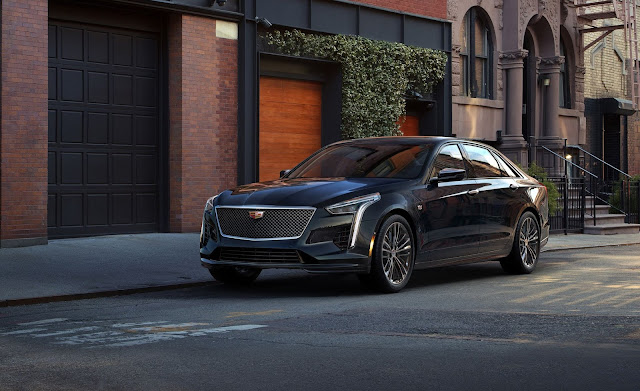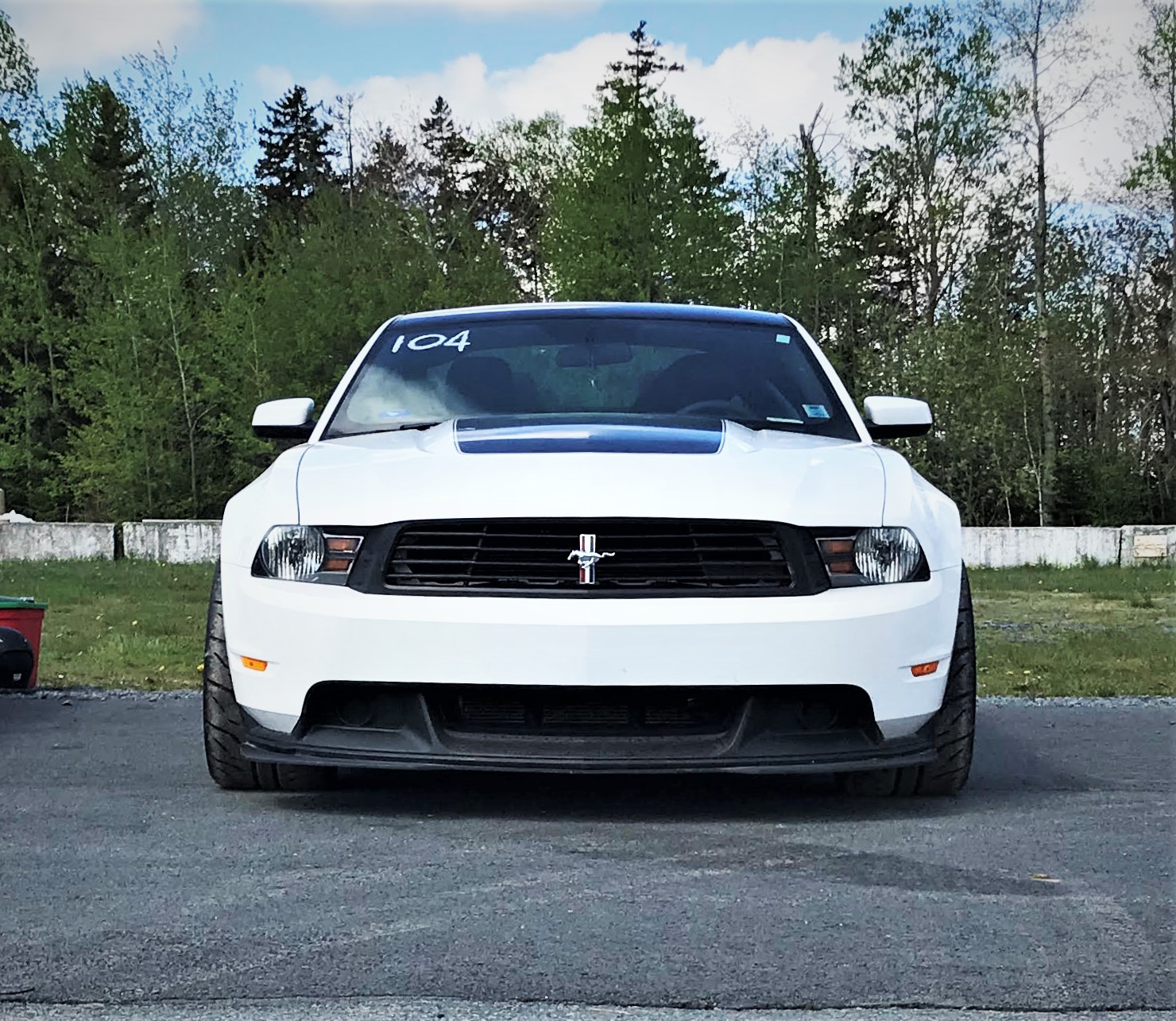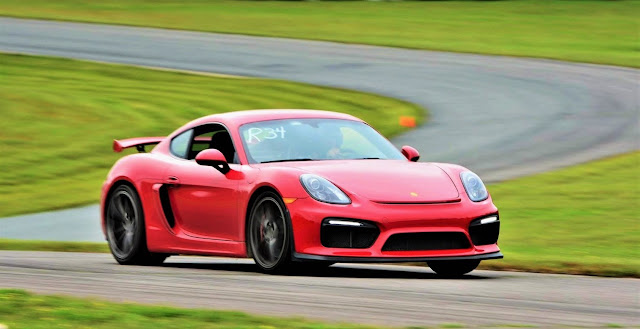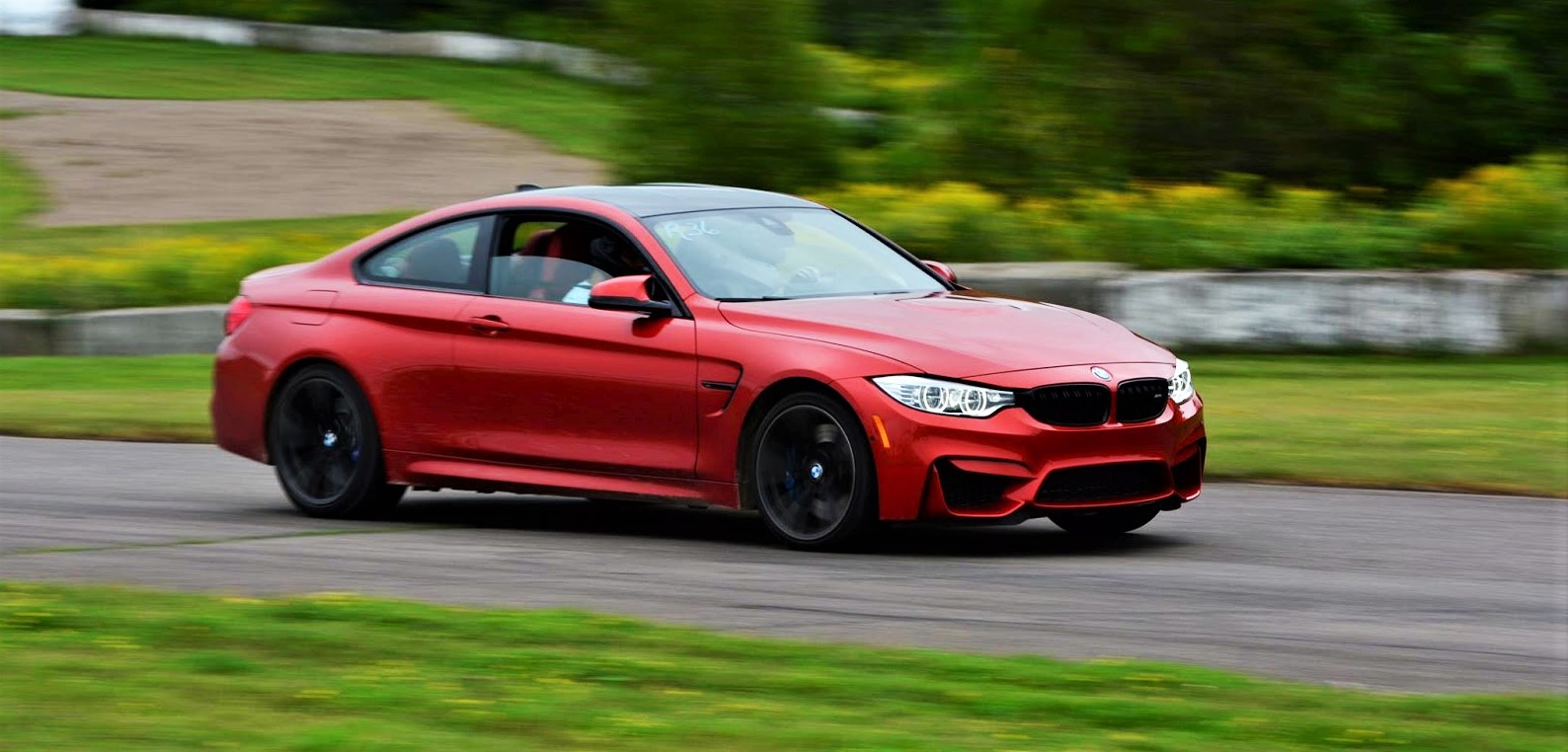Cadillac's largest car - the not-quite-a-flagship CT6 - is becoming a little more flagship-y by getting the full V treatment like you can get on the CTS and ATS (for just one more year before they're axed in anticipation of replacements, so grab them while you can). Cadillac calls the CT6 top-of-the-range but won't call it a flagship, clearly wanting to leave that distinction to a larger and/or more grandiose vehicle in the future. It was previously announced in March earlier this year to be getting a high dose of performance enhancements, the highlight of which is a new twin-turbo V8, and was going to join the line-up as Cadillac's skim-V models called V-sport. Think of it like M-performance packages from BMW vs full fledged M models, the only difference being V-sport models typically get unique (and much more powerful) engines. But just a couple of weeks ago, Cadillac announced that it will make it a full-fledged V line model, making the car inch a bit higher in prestige in the Cadillac lineup.
The heart of the upgrades is the new Cadillac twin-turbo V8 code named LT7. It's an all-new design, according to Cadillac, featuring dual overhead cams (DOHC) and hot-vee design. This marks the first time DOHC's were used on GM V8 engine since the Northstar design from the 90's. This one is known as Blackwing. You know it's better already than "Northstar" with a name like Blackwing. GM has long defended the OHV design benefits, which I am a big fan of. It's not clear whether it was a decision made simply to avoid the outdated stigma associated with OHV engine design that is unbefitting of a Cadillac going against the Germans, or GM simply wanted to tailor the engine more towards the benefits of a DOHC design, refinement likely being high on that list. Either way, it is back now and is backed by two turbos.
A hot-vee engine setup is not new. It is now used by Mercedes, BMW, and Audi, among others, but it is the first time being used by GM. Cadillac already has a number of twin-turbo V6 engines - the LF3 3.6 litre in the CTS Vsport, LF4 3.6 litre in the ATS V, and the LGW 3.0 litre that's already optional in the CT6. To minimize lag, all of them utilize shorter exhaust piping with turbos mounted just past a short exhaust manifold on either side of the engine and a patent-pending low-charge top-mounted intercooler. This will be the first time GM uses a hot-vee set up to minimize lag, where GM is mounting the turbos and the catalytic converters in the valley between the cylinder banks. As with GM's other V8's, this will be able to shut down cylinders under low load to save fuel.
The engine will displace 4.2 litres and feature a 90 deg V angle. Just like AMG, it will be hand-built. GM's Bowling Green plant in Kentucky, the same plant that nurtures various metals and plastics to turn into Corvettes, will take on the engine building duties. Each engine will come with a plaque stating it was hand built and who hand built it. The engine will feature forged crankshaft and rods, Mahle pistons, and cross-bolted main bearing caps. The turbos are Mitsubishi TD03 with titanium turbine wheels driving the compressor wheels to squeeze the intake charge up to 20 psi. The engine will also be available in non-V CT6's as an option with a lower state of tune and different intake/exhaust.
The result? Cadillac estimates 550 hp at 5,700 rpm and a very healthy 627 lb-ft of torque available from 3,200 rpm to 4,000 rpm. Seems like a bit of a narrow range at first but 90% of torque is available from as low as 2,000 rpm. There is also that tuned-down version of it estimated to be making 500 hp and 553 lb-ft from 2,600 rpm to 4,600 rpm so almost 90% of peak torque is available from 2,000 rpm to 4,600 rpm. GM also has a habit of publishing SAE dyno testing results and I wouldn't be surprised to see 80% of peak torque available from under 2,000 rpm to possibly over 5,000 rpm. Cadillac says it developed the engine with knowledge gained from GM's racing program. I think it should be a beast of an engine. Cadillac claims the engine is a little lighter and more compact than the LT4 in the Corvette Z06, CTS V, and Camaro ZL1. I suspect the weight saving compared to those OHV engines (usually lighter than DOHC) is mostly due to turbos being lighter and smaller than superchargers, as well as more efficient, thus generating less heat and needing smaller intercoolers.
The engine will be paired exclusively with a 10-speed automatic and all-wheel drive. The same 10-speed automatic that is used in trucks and - wait for it - is anticipated to find its way in the Camaro. I know what you're thinking.. all of a sudden, a twin turbo V8 Camaro, seems possible. And if early indicators are right about the upcoming mid-engine Corvette (details here about the mid engine Corvette), Tremec that is all too familiar with the Camaro will be supplying a 7-speed dual clutch transaxle/transmission (DCT) that fits this same engine to go in said Corvette. The same family of DCT's can be adapted to fit front engine cars and AWD, according to Tremec. That means that - theoretically - a twin-turbo DCT drivetrain (both AWD and RWD) is possible in both upcoming Cadillacs and Camaros... I digress
The result? Cadillac estimates 550 hp at 5,700 rpm and a very healthy 627 lb-ft of torque available from 3,200 rpm to 4,000 rpm. Seems like a bit of a narrow range at first but 90% of torque is available from as low as 2,000 rpm. There is also that tuned-down version of it estimated to be making 500 hp and 553 lb-ft from 2,600 rpm to 4,600 rpm so almost 90% of peak torque is available from 2,000 rpm to 4,600 rpm. GM also has a habit of publishing SAE dyno testing results and I wouldn't be surprised to see 80% of peak torque available from under 2,000 rpm to possibly over 5,000 rpm. Cadillac says it developed the engine with knowledge gained from GM's racing program. I think it should be a beast of an engine. Cadillac claims the engine is a little lighter and more compact than the LT4 in the Corvette Z06, CTS V, and Camaro ZL1. I suspect the weight saving compared to those OHV engines (usually lighter than DOHC) is mostly due to turbos being lighter and smaller than superchargers, as well as more efficient, thus generating less heat and needing smaller intercoolers.
The engine will be paired exclusively with a 10-speed automatic and all-wheel drive. The same 10-speed automatic that is used in trucks and - wait for it - is anticipated to find its way in the Camaro. I know what you're thinking.. all of a sudden, a twin turbo V8 Camaro, seems possible. And if early indicators are right about the upcoming mid-engine Corvette (details here about the mid engine Corvette), Tremec that is all too familiar with the Camaro will be supplying a 7-speed dual clutch transaxle/transmission (DCT) that fits this same engine to go in said Corvette. The same family of DCT's can be adapted to fit front engine cars and AWD, according to Tremec. That means that - theoretically - a twin-turbo DCT drivetrain (both AWD and RWD) is possible in both upcoming Cadillacs and Camaros... I digress
Of course, no Cadillac V line car is complete with just an engine transplant. The CT6 V gets stiffened suspension and retuned magnetic dampers - Magentic Ride Control in Cadillac speak. Curiously, the car will get a mechanical limited-slip differential unlike the CTS V, ATS V, as well higher Camaro and Corvette trims. All four corners will come with 4-piston fixed brembo calipers. No updates are provided on the wheels and tires but I expect Michelin Pilot Sport 4 or 4 S's and wheels will be 20". The car will also come with an active dual-mode exhaust, a feature that has proven very popular on Corvettes and Camaros. And, of course, now that it is a full V line model, it will come with a Track driving mode. In addition to the usual changes to the magnetic shocks and stability and traction control, Track Mode will also bias the AWD system to send more torque to the rear and take better advantage of the rear wheel steering you can get on lower spec CT6's.
The car will go on sale in spring 2019 so it's not too far ahead. It looks to be down a substantial 90 hp to the CTS V - Cadillac's current top dog - but I wouldn't be surprised if the final hp number is closer given that the 550 hp is an "estimate" and the engine likely makes more power under the curve than the LT4 in the CTS V. I suspect it will be massively capable and, although it will be a little heavier than the CTS V, the AWD should allow it to make far better use of what it has and will likely beat the CTS V in every measurable test. I wouldn't even be surprised if it beat the CTS V on track. Only time will tell. For now, it's good enough to just know that V8's are still alive and well at Cadillac.
Follow Ram's Eye The Track Guy on Facebook and Instagram!

















Comments
Post a Comment